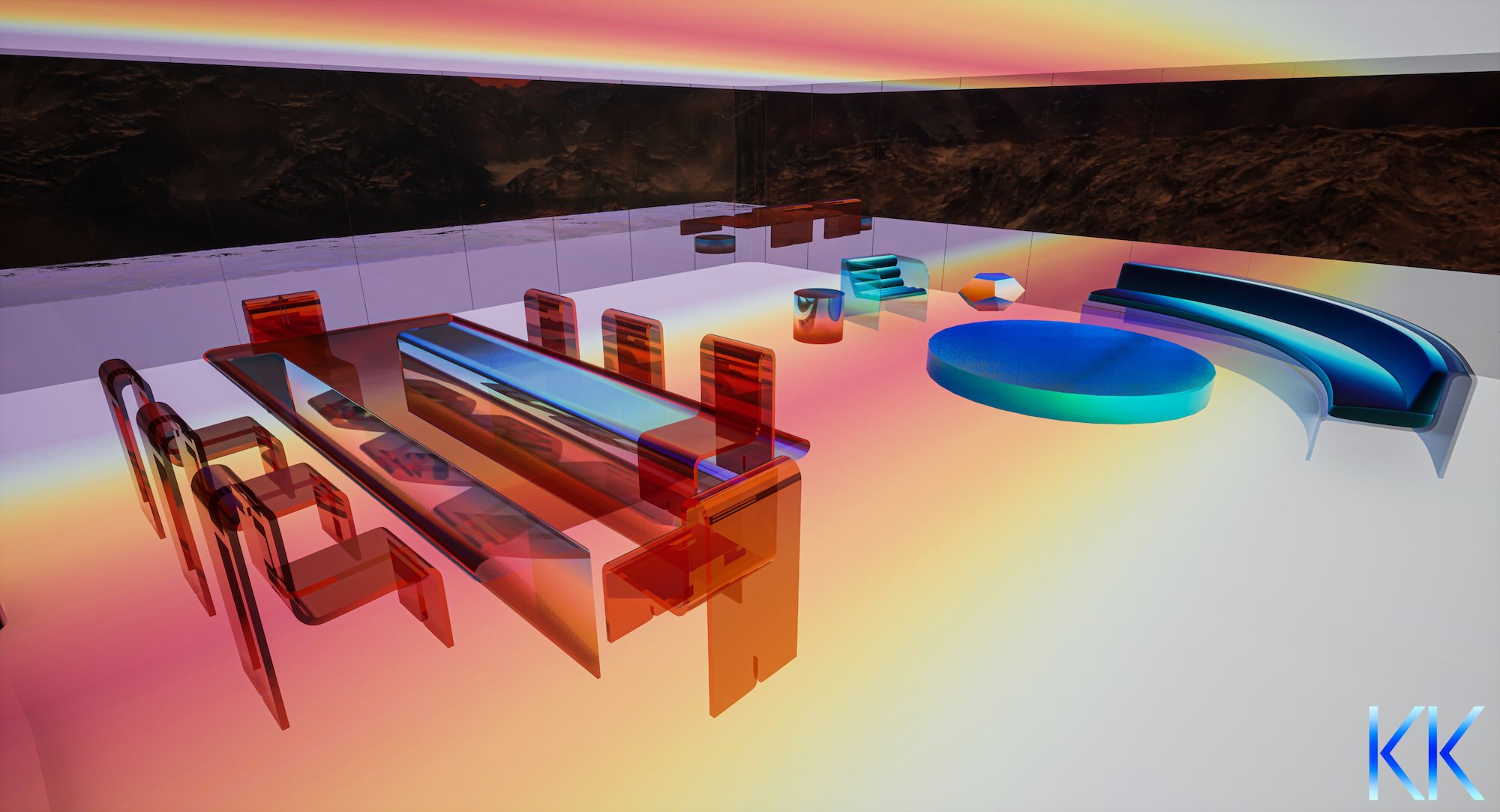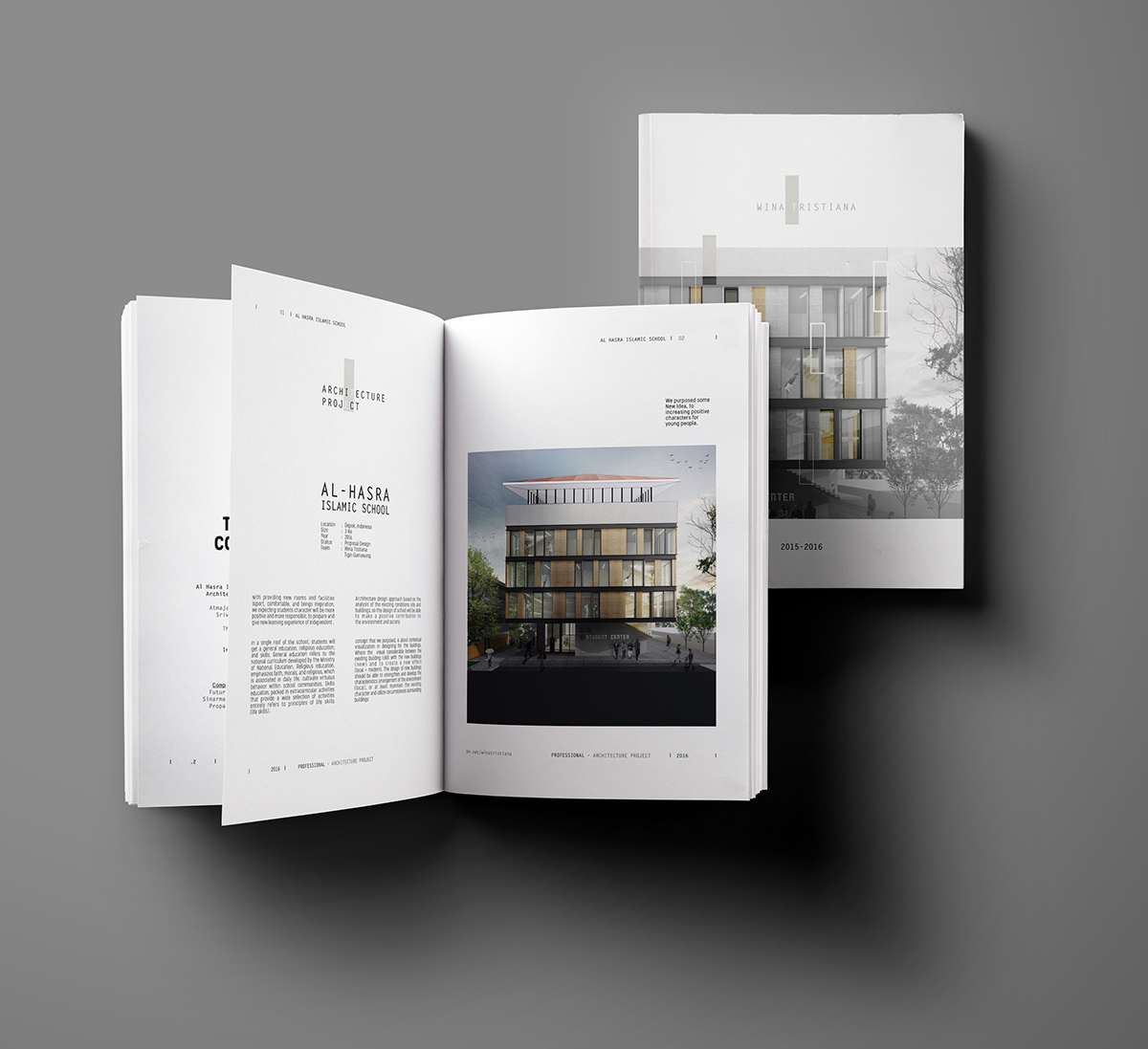- Home
- Articles
- Architectural Portfolio
- Architectral Presentation
- Inspirational Stories
- Architecture News
- Visualization
- BIM Industry
- Facade Design
- Parametric Design
- Career
- Landscape Architecture
- Construction
- Artificial Intelligence
- Sketching
- Design Softwares
- Diagrams
- Writing
- Architectural Tips
- Sustainability
- Courses
- Concept
- Technology
- History & Heritage
- Future of Architecture
- Guides & How-To
- Art & Culture
- Projects
- Interior Design
- Competitions
- Jobs
- Store
- Tools
- More
- Home
- Articles
- Architectural Portfolio
- Architectral Presentation
- Inspirational Stories
- Architecture News
- Visualization
- BIM Industry
- Facade Design
- Parametric Design
- Career
- Landscape Architecture
- Construction
- Artificial Intelligence
- Sketching
- Design Softwares
- Diagrams
- Writing
- Architectural Tips
- Sustainability
- Courses
- Concept
- Technology
- History & Heritage
- Future of Architecture
- Guides & How-To
- Art & Culture
- Projects
- Interior Design
- Competitions
- Jobs
- Store
- Tools
- More

NFT is a digital asset that symbolizes real-world elements. NFT’s are bought and traded online often using cryptocurrency and they’re usually encoded with the same software as many other cryptos. NFTs are stored on a blockchain, which is a decentralized public ledger that keeps track of transactions. NFTs are most commonly kept on the Ethereum blockchain, although they can also be held on other blockchains.
A NFT is made up of digital things that represent both tangible and ethereal objects, such as architectural works. In this article, we bring some examples of NFT architecture below.
Table of Contents
ToggleMars House

Mars House is created by Toronto-based artist Krista Kim is the world’s example of NFT architecture. This house has become the first digital house to be sold on a non-fungible token marketplace.
The Mars House project, which was designed in May 2020, was totally constructed as a 3D digital file rendered in Unreal Engine, a popular video game development engine. Mars House can be viewed in virtual reality. But in the future, it may also be viewed in an augmented reality (AR) environment through apps like SuperWorld.
Kim’s Mars House was sold for 288 Ether ($512,000) on the NFT marketplace SuperRare, a cryptocurrency akin to Bitcoin. NFT, like blockchain technology, represents a one-of-a-kind digital item that cannot be exchanged.
CryptoHouses
The CryptoHouses is an attempt on the Ethereum blockchain to develop and store an architectural project with simple, contemporary residential architecture as a non-fungible token. To design house iterations for the CryptoHouses, an algorithm is created. All of the dwellings are generated using an algorithm based on the parameters. Each of the CryptoHouses satisfies the project’s requirements. They are shaped by limitations, but they are also distinct due to minor distinctions. Clients have the option of selecting an outcome from the iterations. As a result, each client can select the project’s outcome for themselves.
To generate verifiable digital scarcity and the prospect of asset interoperability across platforms, NFTs bundle all of the CryptoHouse iterations independently. Each iteration of the CryptoHouses features a 3d architectural render of the design for this project.
For the advanced stage, however, NFTs have the ability to store 3d models, renderings, and even construction blueprints. For each CryptoHouse, there are over 30 parameters in total. In a range, nine of the parameters are random. The random parameters are used as variables in the calculations of others.
The following are the primary processes that the algorithm takes to build a CryptoHouses:




Aureal
Aureal is a one-of-a-kind artistic and architecture initiative that intends to create and distribute digital works of art (NFT) that contain a parametric architectural project that may be realized in the real world.
They promote an alternative marketing strategy that focuses on the design skills of a generation of future professionals, architects, engineers, designers, and artists who want to renew the connection between digital and real world by utilizing new technologies derived from the BIM methodology and the use of the IFC open format.
They plan to change the way AEC (Architecture, Engineering, and Construction) products are sold, emphasizing the uniqueness and abilities of a single person or a group of people, rather than a serial, obsessive, ruthless, and global market that no longer values architectural beauty or a unique and authentic product.
Underatwater Sculpture

An NFT artwork based on an OMA-designed sculpture that will be part of an underwater park in Miami Beach has been made by visual artists Charlotte Taylor and Nicholas Préaud. The piece was sold as a non-functional toy to promote OMA’s ReefLine Sculpture Park, which will be erected off the shore of Miami Beach. The underwater park will include an actual replica of the sculpture.
It was unveiled as part of Miami Art Week, which includes fairs such as Art Basel Miami Beach and Design Miami. Taylor and Préaud worked with OMA which is world-known architecture firm to build three NFTs that will be sold.
- 3D architecture NFTs
- architectural NFT collectibles
- Architectural NFT Collections
- architecture NFT marketplace
- architecture themed NFTs
- Aureal NFT Architecture
- best NFT architecture
- blockchain architecture art
- buy architecture NFTs
- crypto architecture art
- crypto architecture collections
- CryptoHouses NFT
- digital architecture NFT
- digital building NFTs
- innovative architecture NFTs
- Mars House NFT
- modern architecture NFTs
- NFT architectural design
- NFT Architecture
- NFT architecture artists
- NFT architecture collections
- nft architecture design
- NFT architecture gallery
- NFT Design Architecture
- NFT design collections
- nft in architecture
- top NFT architecture art
- Underatwater Sculpture NFT
- unique NFT architecture
- virtual architecture art
- virtual real estate NFT
Submit your architectural projects
Follow these steps for submission your project. Submission FormLatest Posts
The Ultimate Guide to Fencing in North Dakota: Choosing the Best Fence for Your Property
Watching a chain link fence twist in 70 mph winds near Minot...
Gaudí: Where Architecture Meets Science
Gaudí: Where Architecture Meets Science shows catenary arches, ruled surfaces, and biomimicry...
How Housing Market Forces Shape Architectural Design Today
Architecture never exists in isolation. Buildings rise from a mix of ambition,...
Why Portable Formaldehyde Gas Detectors Matter on Construction Sites
As construction practices shift toward more enclosed and material-intensive environments, the risk...












Leave a comment